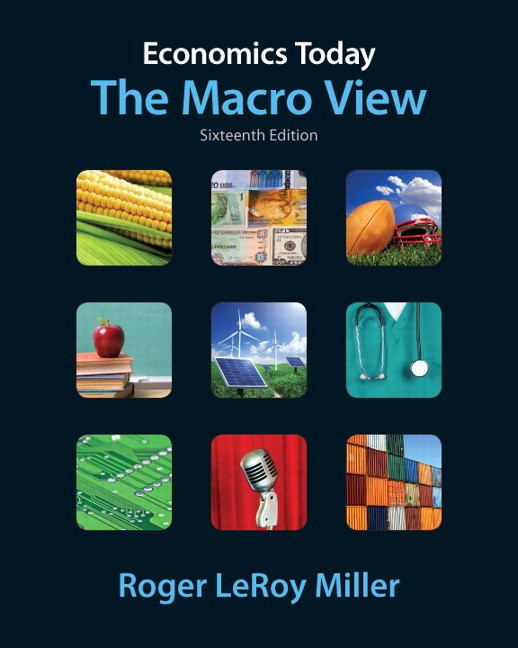Macro View
Post on: 13 Июнь, 2015 No Comment

March 13, 2015
Behavioral finance reminds us that ignoring daily volatility roiling the market is wise. Instead, investors should focus on the positive, fundamental outlook for equities and fixed income.
Commentary by Scott Minerd, Chairman of Investments and Global Chief Investment Officer
At Guggenheim, a key tenet of our investment process draws on the Nobel Prize-winning work of behavioral finance pioneer Daniel Kahneman. In his most recent book, Thinking Fast and Slow. Kahneman admonishes investors that closely following daily fluctuations is a losing proposition. I often honor this principle by reminding individuals that they would be better off checking their portfolios much less frequently (Kahneman recommends once a quarter, for example).
In the spirit of this Nobel laureates foundational work, investors closely following the recent daily convulsions in the financial markets could be prone to overreaction. It never ceases to amaze me how a few days of sell-off in the stock market—or a modest back-up in rates, for that matter—can have everybody talking about bear markets. Looking beyond the myopic churn and burn, the important macro indicators remain positive, and nothing has occurred to fundamentally alter our positive outlook for equities or credit.
In U.S. interest rates, generally speaking, the pattern since 2009 has been for Treasury yields to decline, only for a sell-off to ensue before conditions stabilize and rates test their previous lows. This is the pattern I believe we are witnessing play out now. The yield on the 10-year Treasury note declined in January by more than 50 basis points before rebounding in February. Today, with quantitative easing underway in the euro zone, the risk is that U.S. 10-year rates are headed back lower. Despite the recent back-up, and the incessant chatter around the Federal Reserves patience, or lack thereof, the near-term risk to U.S. rates is likely to the downside. Fixed-income investors would be wise to stay fully invested given the current backdrop.
Meanwhile in the euro zone, central bankers commenced their commission to buy sovereign debt despite concerns over the fact that some bonds eligible for QE are trading at negative yields. If the program is successful, investors should see a weaker euro, improved growth, a sustained uptick in lending to the non-financial corporate and household sectors, and an increase in future inflation expectations. Early indications are that QE is working as the European Central Bank intends—bond yields are dropping and the euro continues to depreciate, which is stimulative to growth. In the United States, its very likely that we will see more demand for U.S. Treasury securities as a result of these record low rates in Europe, thus keeping a cap on U.S. rates.

In equities, instability in the U.S. market has caused the S&P 500 and the Dow Jones Industrial Average to lose the ground they gained thus far in 2015, but I believe this downward movement is just a momentary blip. Breadth remains strong. Seasonal factors are strong. The bottom line is that in the near term I see very little risk for stocks, and credit also remains a compelling proposition for investors. The recent turmoil is a quintessential call for the wisdom of behavioral finance and principled, long-term investing. To quote an old, sage scripture, this too shall pass.
Chart of the Week
Despite Recent Decline, Bull Market in Equities Should Remain Intact
Put into historical context, the recent move in U.S. equities appears normal. Since 1954, U.S. equities have rallied 12 out of 13 times in the 12-month period leading up to the first rate hike, with an average return of 18 percent. Despite a pickup in volatility recently, the underlying momentum for U.S. equities remains strong.














